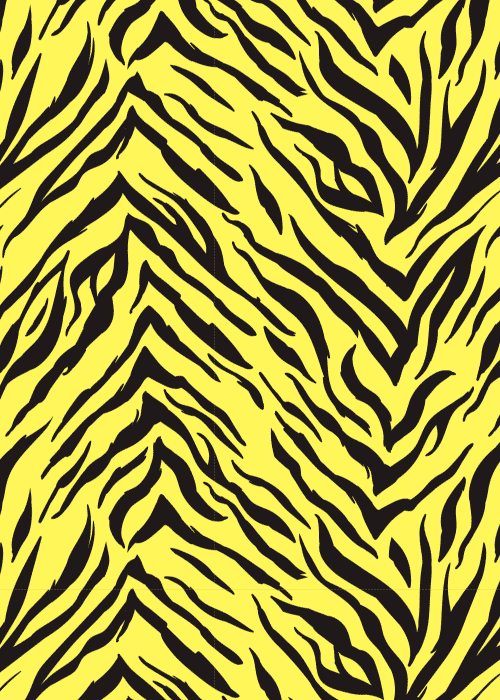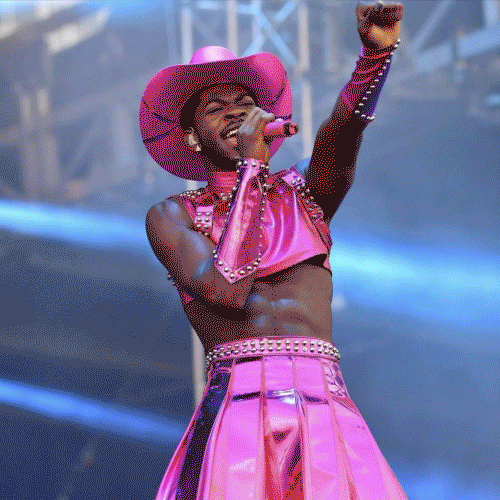I AM: Atlanta Artists Share Their Stories of Living with HIV
LEFT TO RIGHT: EMILY GETSAY, MAHLON J. RANDOLPH, JOHNNIE RAY KORNEGAY III [PHOTO BY JON DEAN]
Art has the incredible power to create conversation and raise awareness about an infinite number of issues. As we’ve seen with the recent Whitney Biennial controversy, this type of artistic power can quickly turn ugly.
In February, local artist Matthew Terrell created an eight-foot pyramid, prominently displaying the alarming number of people living with HIV in Atlanta. The numbers on the sculpture, located on the lawn of the Center for Civil and Human Rights, will be updated every Friday through the end of June. The sculpture created a stir of conversation and controversy, with many people questioning the true intentions of the piece.
WUSSY’s own Zaida J. was not the only one to raise concerns. Local artist, Emily Getsay, created a Facebook page calling for the community to help create a counterpiece to the sculpture. Because of the response, Getsay teamed up with artist Johnnie Ray Kornegay III to organize I AM, a one-night exhibition on Tuesday, April 25th. The exhibit will take place at the Center for Civil and Human Rights.
"I AM is a one-night exhibition joining Artists, Activists and people living with HIV to tell the stories of Atlanta residents living with HIV,” the team said in a prepared statement. “The goal of the exhibition is to illustrate the importance of those living with HIV and highlighting those views in our conversation and work revolving around HIV. “
Mahlon J. Randolph, along with Nina Martinez and Marxavian Jones, MPA, will be opening speakers at the event. The evening will also include a panel discussion, moderated by Tim’m West, focusing on “using art as activism, personal stories of living with HIV, and art as a tool to show the lives and perspective of people living with HIV.” Confirmed panelists so far include Charles Stephens [Founder & Executive Director of Counter Narrative Project], Park Cannon [Georgia State Representative], and Ms. Dee Dee Chamblee [Founder of LaGender, an Atlanta nonprofit]
WUSSY spoke with the I AM organizers about the opening.
Tell us about the mission of the exhibit and Atlanta's relationship with HIV in particular.
Emily: The project, I AM, a name that actually came from a statement by Nina Martinez, actually started as a simple question, "what do we have to say about this?"
Johnnie: Atlanta has a rich history of HIV activism that includes artistic figures like Rev. Duncan Teague, Tony Daniels and Craig Washington, and we see I AM as continuing in that tradition.
This project started as a response to Matthew Terrell's “Atlanta’s HIV + Population Now” piece. What prompted your response?
Emily: My piece More Than a Number began as a response to Matthew Terrell's “Atlanta’s HIV + Population Now” piece when my friends living with HIV/AIDS and partners in activism began talking about the piece and what it meant to them. When first looking at the piece there is something uneasy about it. The piece is lacking. After many conversations the consensus is that the piece is lacking perspective. It is lacking the perspective of people living with HIV/AIDS . One could claim that the piece is a call to action but if it is a call to action , then where is the solution?
What are some ways we can fight HIV stigma in ATL and beyond?
Emily: It begins with education and conversation. Education about PrEP, education about living with HIV and education about what it means to be undetectable. People outside of the cause don't always know what these things are or what they mean. We must hold each other accountable and share what we know to those who don't. That sometimes means having conversations that are uncomfortable and unexpected. So what, it needs to happen . People need to understand what Living with HIV is like in this day and age. People are stuck in the past and it is our purpose to bring them to the present.
Johnnie: I think it's also important that we don't separate the fight against HIV stigma from the fight against other types of injustice, including racism, homophobia, transphobia, and lack of access to healthcare. It's critical that we ensure that people understand how HIV criminalization affects all of us, not just people living with HIV. Last year the CDC released a study that said if current HIV diagnoses rates persist 1-in-2 Black gay and bisexual men will be diagnosed with HIV in their lifetime. Fighting stigma demands urgency. We've been working, already, and see I AM as a way to continue this conversation beyond numbers.
Tell us about some of the artists involved with the I AM Exhibit.
Emily : The I AM Exhibit is a collaboration between several artists. The highlighted artists are Richard Satchell, Myke Johnson, and Antron Reshaud.
Richard Satchell is an Atlanta photographer. Richard uses his work to portray the uneasy in an alluring light. His work in the show takes on a different perspective to Emily’s "More Than A Number" piece. Through his work, he shows both the romanticized and stigmatized sides to Living With HIV/AIDS.
Myke Johnson is an artist based in Atlanta. After being diagnosed with HIV, Myke turned to what he loved most, art. The motivation behind most of Myke's work lies in wanting to heal the viewer or the person who commissioned the piece. His work in the show is a response to Matthew Terrell's “Atlanta’s HIV + Population Now” piece. He states that his work is a visual and emotional response as someone living with HIV
As a weapon of mass construction, Antron Reshaud’s usage of multimedia is paramount to the work produced, reflecting his personal journey human and divine. Antron’s art is as beautiful as it is complexed-accompanied by original scores, words and colors to harness the driving force of our lives while audiences search within themselves inevitable questions. 13 years HIV Positive, Antron’s work from literary to music has and continues to leave an everlasting impression of empowerment and love.
Any plans to expand the project?
Emily: The project is an ongoing movement. Johnnie and I will not stop until the stigma stops. We want to do anything we can for the community. I want to provide anything I can whenever I can to further the conversation and educate the community, whether that be creating art installations or providing platforms for people living with HIV to have conversations with the community.
Don't miss I AM, a one-night exhibition on Tuesday, April 25th at the National Center for Civil and Human Rights - 100 Ivan Allen Jr Blvd NW, Atlanta, GA 30313.
Archive
- September 2025
- August 2025
- May 2025
- February 2025
- November 2024
- October 2024
- September 2024
- August 2024
- July 2024
- June 2024
- May 2024
- April 2024
- October 2023
- July 2023
- June 2023
- May 2023
- April 2023
- March 2023
- February 2023
- June 2022
- April 2022
- March 2022
- January 2022
- December 2021
- October 2021
- September 2021
- August 2021
- July 2021
- June 2021
- May 2021
- April 2021
- March 2021
- February 2021
- January 2021
- December 2020
- October 2020
- September 2020
- August 2020
- July 2020
- June 2020
- May 2020
- April 2020
- March 2020
- February 2020
- January 2020
- December 2019
- November 2019
- October 2019
- September 2019
- August 2019
- July 2019
- June 2019
- May 2019
- April 2019
- March 2019
- February 2019
- January 2019
- December 2018
- November 2018
- October 2018
- September 2018
- August 2018
- July 2018
- June 2018
- May 2018
- April 2018
- March 2018
- February 2018
- January 2018
- December 2017
- November 2017
- October 2017
- September 2017
- August 2017
- July 2017
- June 2017
- May 2017
- April 2017
- March 2017
- February 2017
- January 2017
- December 2015
- November 2015
- October 2015
- September 2015
- August 2015
- July 2015
- June 2015
- May 2015
- April 2015










